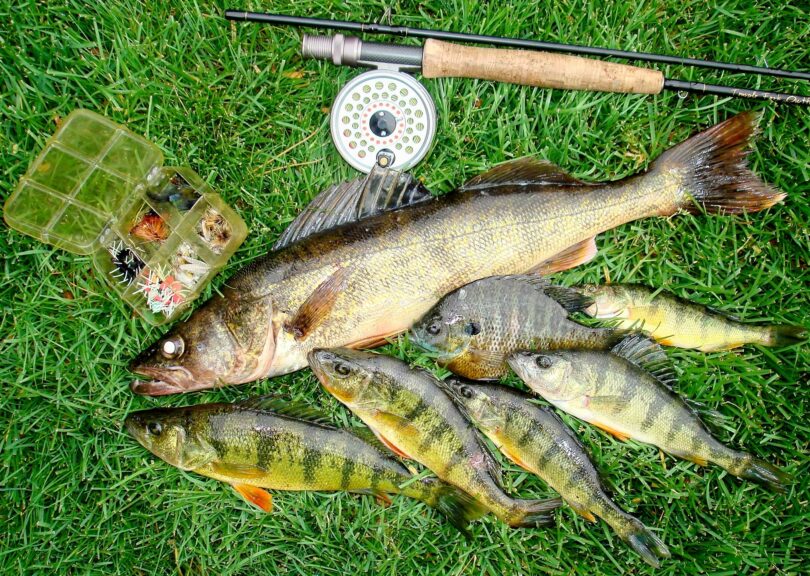By Dennis Smith
I think it’s safe to say that, barring the inevitable random poacher, most anglers today almost automatically practice catch-and-release fishing wherever the law requires and, in some places, even where it doesn’t. If they didn’t, there wouldn’t be many fish left in our lakes and streams.
I’ll never forget the first time I’d ever heard of catch-and-release. Back in the 1950s, I was barely a teenager and killing a limit of trout (or bass, or whatever) was standard operating procedure, if not an outright badge of honor in most circles.
Anyway, my father and I had just pulled into a turnout on one of our favorite trout streams and there, in big, black, bold letters, was a freshly posted sign that read “FISHING FOR FUN ONLY. ALL FISH CAUGHT MUST BE RETURNED TO THE WATER IMMEDIATELY!” It was signed by no less an authority than the New York State Conservation Department (known today as the Department of Environmental Conservation).
I don’t remember if fishing was restricted to flies and lures only as it is in most cases today; I just recall being dumbstruck. I thought it was crazy.
Catch and release and size-specific restrictions are designed to protect critical fisheries and certain species from depletion by overfishing, and for the most part have been wildly successful.
Highly sought-after game fish species like bass, trout, walleye and sometimes Northern Pike generally benefit most from such regulations, but other species like sunfish, yellow perch, crappies and white bass are usually best managed by generous limits and aggressive harvesting. These feisty devils are notorious for their ability to overpopulate a fishery to the point where they become self-destructive, literally eating themselves and any resident gamefish out of house and home. Instead of releasing them, anglers are encouraged to keep as many as the law allows. It’s good conservation and, to that end, state wildlife agencies typically place liberal limits on them — up to as many as 20 per day on some species.
Interestingly, many anglers have become so indoctrinated by the modern-day C&R ethic they can’t bring themselves to kill a fish while others have an aversion to keeping small ones, suffering from the illusion that if they let them go today, they’ll grow up to become big ones tomorrow.
That’s not necessarily true; once a fishery has a fish overpopulation of, say, little yellow perch or sunfish, those fish are likely to remain stunted until their numbers are brought into balance with their environment. Worse, they can degrade or jeopardize the entire fishery.
It just so happens that panfish have delicate, sweet, white meat and are excellent pan fare. So, if you’re hesitant to kill a fish, think of those perch fillets sautéing in your skillet as a symbol of your civic duty. The first bite will convince you that you’ve done the right thing.
Dennis Smith is a freelance outdoors writer and photographer whose work appears nationally. He lives in Loveland.
In a 2016 Outdoors article, Smith talked about bluegill fish overpopulation and they can overrun the food chain. Read “A Spotlight on Big, ‘Bull’ Bluegills” to find out more.

